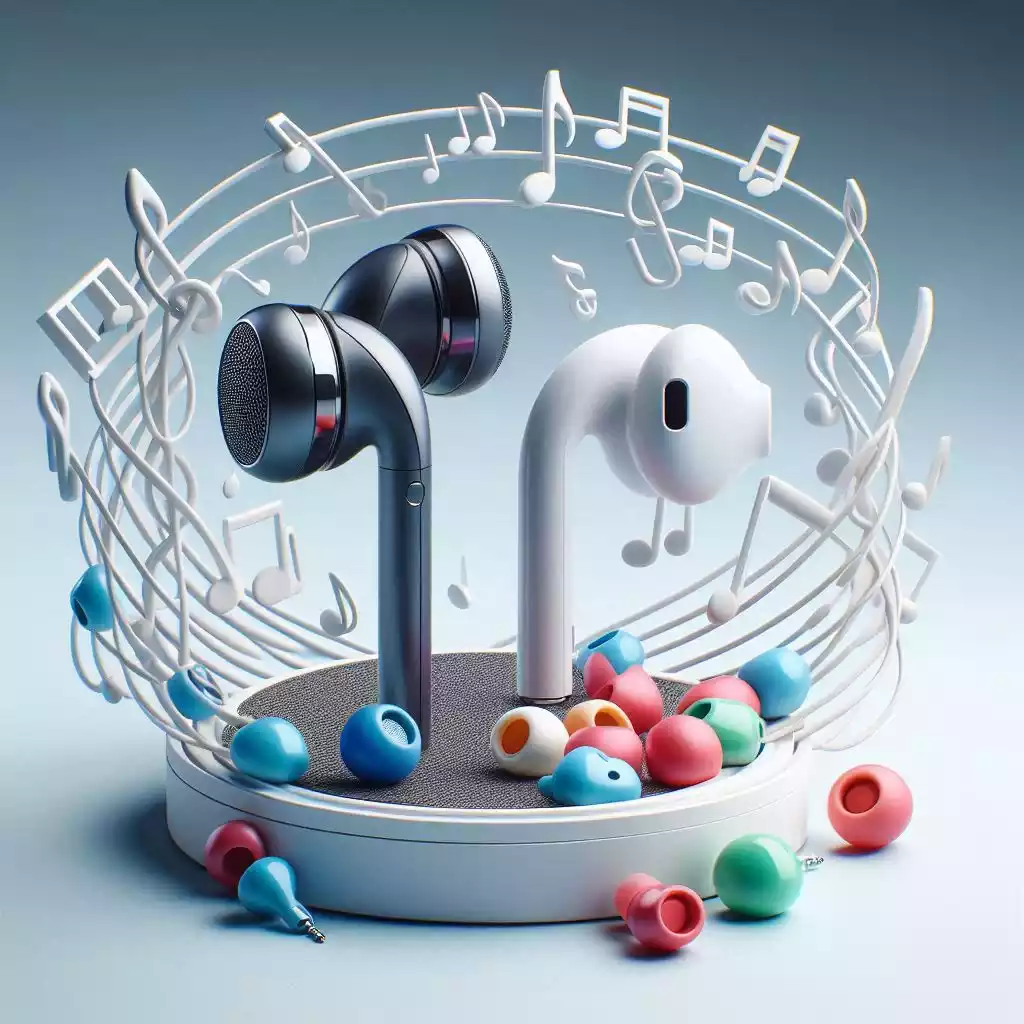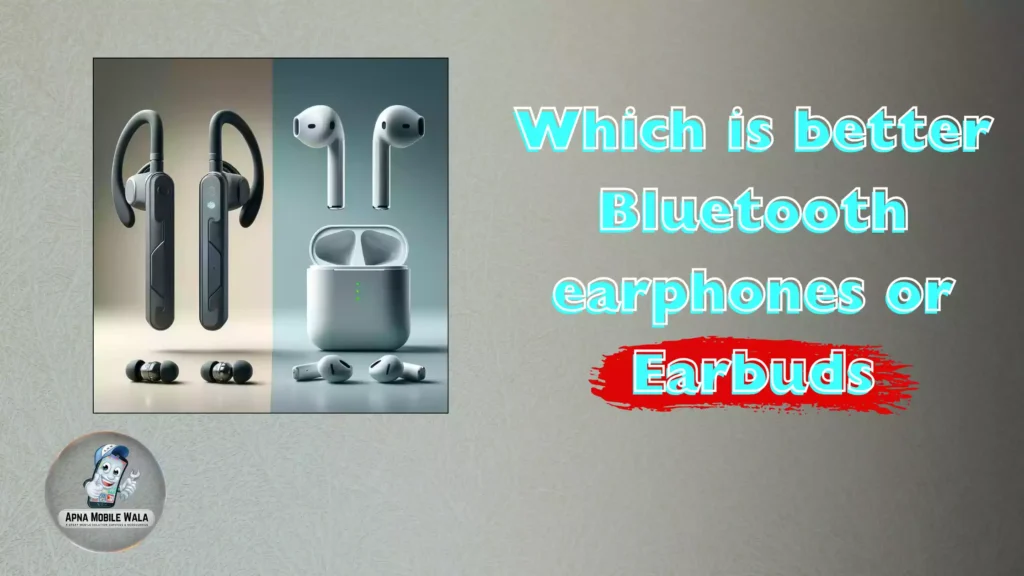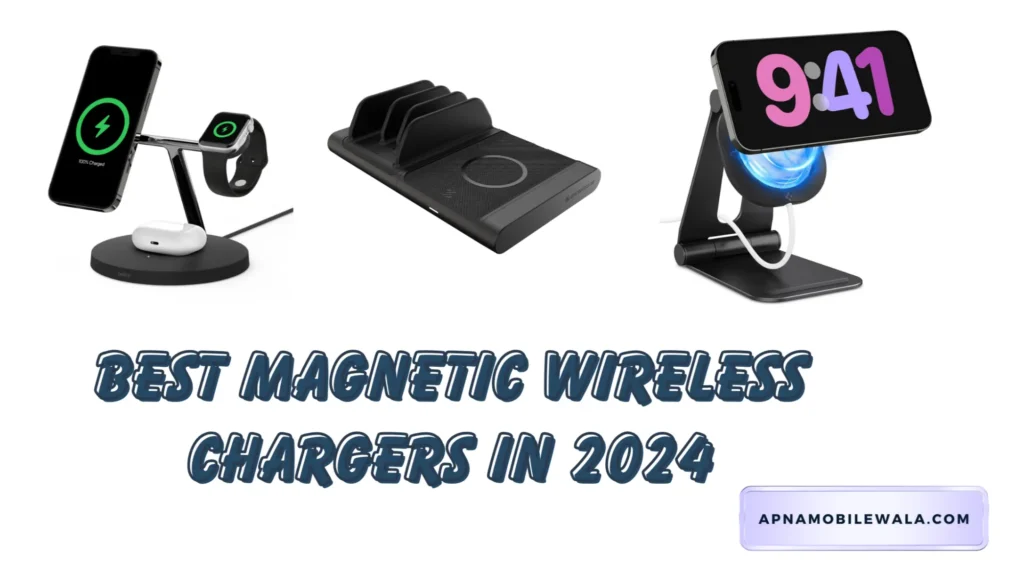The debate between Bluetooth earphones and earbuds has been ongoing in the world of audio accessories. Each has advantages and disadvantages, making the choice largely dependent on user needs and preferences. This blog post will break down the distinctions, comparing them across several important factors like comfort, sound quality, battery life, and impact on hearing health.
1. Earphones or Earbuds: Which is Better?
Definition and Design Differences
- Earphones are typically designed with a more substantial build and wrap-around features that often rest over or around the ear. They may have hooks or bands to ensure they stay secure during activities.
- Earbuds are smaller, more compact, and sit directly in the outer ear canal. Brands like Apple’s AirPods have popularized this category due to their seamless connectivity and sleek design.
Comfort and Fit
Earphones are generally favoured by those who require a secure fit, such as during workouts or sports activities. The snug fit ensures they stay in place without much adjustment. However, some users find earphones less comfortable for long-term use due to their bulkier design.
Earbuds, on the other hand, are more lightweight and discreet, making them preferable for casual, everyday use. They are easier to wear over extended periods but may not offer the same level of security as earphones, especially if not designed with features like custom ear tips.
Sound Quality
When it comes to audio performance, earphones often deliver a richer, more immersive sound experience. This is because they can be equipped with larger drivers that provide deeper bass and a more balanced sound spectrum.
Earbuds have come a long way in sound quality, with many high-end models boasting impressive audio fidelity. However, due to their smaller size, they may sometimes lack the depth and range that earphones provide.
Battery Life
Earphones typically offer longer battery life due to their larger size, which can house bigger batteries. This makes them suitable for users who need extended listening sessions without frequent recharges. High-quality earbuds, while more compact, usually come with charging cases to extend their usability throughout the day. This is sufficient for most casual listeners but may require occasional recharges for long listening periods.

2. Are AirPods or Headphones Better for Your Ears?
Understanding Comfort and Safety
AirPods and other earbuds are designed for a balance of comfort and practicality. Their small form factor allows for a comfortable fit in most ears without significant pressure. However, prolonged use of earbuds at high volumes can lead to ear fatigue or even irritation due to their direct contact with the ear canal.
Headphones, particularly over-ear models, are often seen as a safer choice for ear health because they do not put as much pressure directly on the inner ear. They sit around the ear, creating an external cushion that can reduce direct sound impact.
Noise Isolation and Volume Control
AirPods and similar earbuds often rely on their proximity to the ear canal to block out ambient noise. This can sometimes lead to users cranking up the volume to compensate for external sounds, increasing the risk of hearing damage.
Headphones generally offer better passive noise isolation due to their larger size and cushioning. This can help users listen at lower volumes, thereby reducing the potential for hearing damage.
3. Headphones vs. Earbuds: Hearing Loss Considerations
The Risk of Hearing Damage
One of the most significant factors to consider when choosing between headphones and earbuds is the potential risk of hearing loss. Prolonged exposure to loud sounds can damage the tiny hair cells in the ear that are responsible for transmitting sound to the brain. This damage is often permanent and can lead to hearing issues such as tinnitus or noise-induced hearing loss.
Earbuds, because of their direct placement in the ear canal, can pose a higher risk when used at loud volumes. The sound travels more directly to the eardrum, which can amplify its impact compared to over-ear headphones.
Headphones, by positioning the speaker outside the ear, generally provide a safer distance between the sound source and the eardrum. This can reduce the overall sound pressure level and mitigate the risk of hearing damage, especially when combined with active noise cancellation (ANC) technology that allows for lower listening volumes.
Tips for Safe Listening
- 60/60 Rule: Experts recommend following the 60/60 rule: listen at 60% of maximum volume for no more than 60 minutes at a time.
- Noise-Cancelling Features: Opt for headphones or earbuds with ANC to help minimize the need for increased volume in noisy environments.
- Volume Limit Settings: Utilize volume limit settings available on most smartphones and audio devices to prevent accidental exposure to high sound levels.
4. The Final Verdict: Bluetooth Earphones or Earbuds?
Choosing between Bluetooth earphones and earbuds depends on individual needs, lifestyle, and comfort preferences.
- Earphones are ideal for those who prioritize secure fit and longer listening sessions, making them perfect for sports enthusiasts or commuters who need robust sound isolation and extended battery life.
- Earbuds are better suited for casual listeners who value compactness and convenience. High-end models like AirPods can provide excellent sound quality, easy portability, and seamless integration with devices.
For Hearing Health
If minimizing the risk of hearing loss is a primary concern, over-ear headphones with noise cancellation are often the better choice. They reduce the need to raise volume in noisy environments and sit away from the ear canal, reducing the direct impact of sound waves.
Final Tips for Buyers
- Consider ear tip customization for better comfort and noise isolation with earbuds.
- Invest in quality sound drivers for earphones or headphones to enhance audio fidelity without needing excessive volume.
- Always be mindful of listening habits to safeguard long-term hearing health.
Conclusion:
Both Bluetooth earphones and earbuds have their strengths and are suited for different types of users. Earphones offer superior sound quality and stability, while earbuds provide convenience and ease of use. For ear health and minimizing hearing loss risks, over-ear headphones are typically the safest bet due to their design and noise-cancelling capabilities.
Thanks for Reading!
Read more:
How to Protect Your Phone Screen
Best Bluetooth Speakers Under 1000
5 Best Wireless Earbuds Under 500
Bluetooth vs Wired Headphones Radiation
The Fastest Wireless Chargers of 2024



